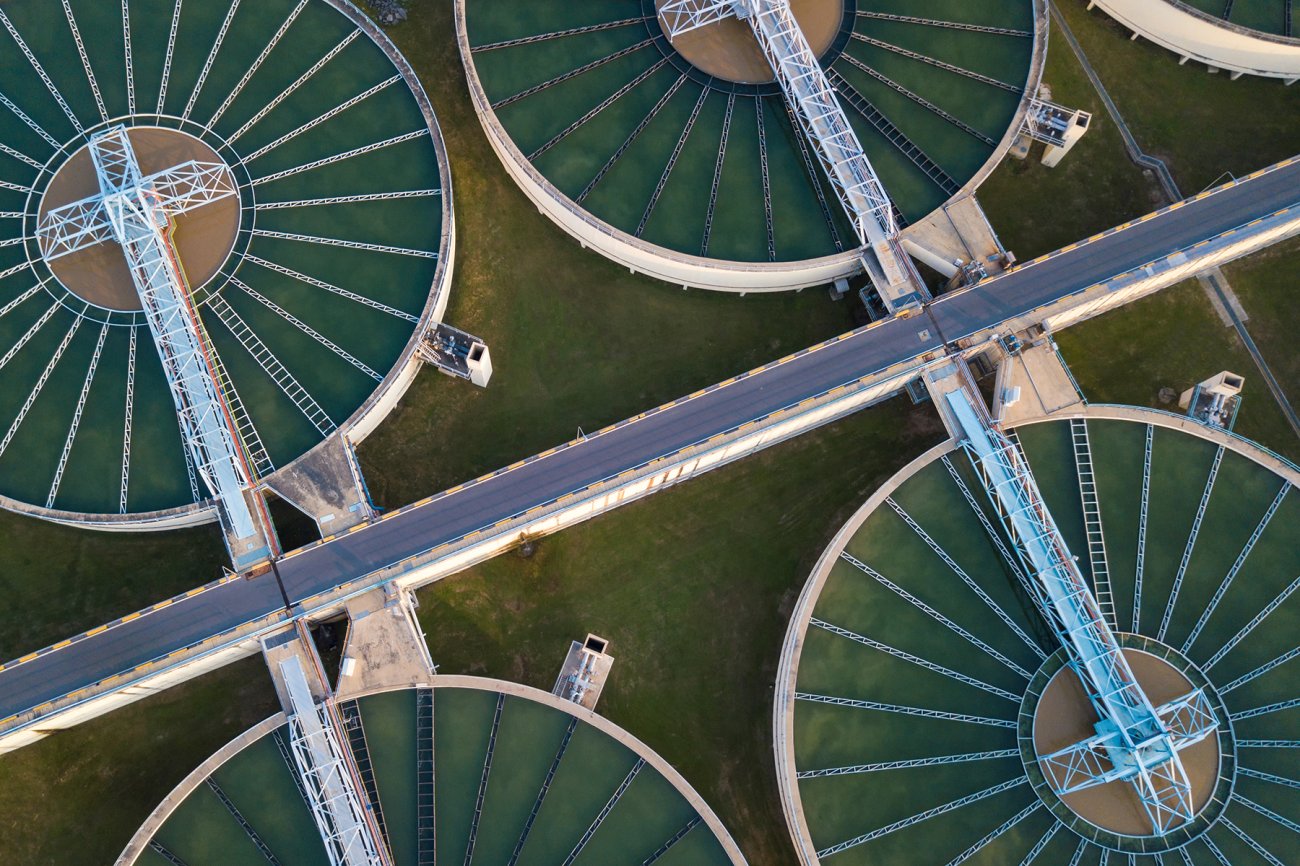The Ultimate Guide To Reclaim Waste
The Ultimate Guide To Reclaim Waste
Blog Article
All About Reclaim Waste
Table of ContentsReclaim Waste Fundamentals ExplainedThe Only Guide for Reclaim WasteSome Of Reclaim WasteReclaim Waste for BeginnersGetting The Reclaim Waste To Work
Residential sewer waste refers to the waste and products from a household septic tank. The appropriate management and disposal of domestic sewage waste call for fluid waste to be moved to a sewer therapy plant where the proper techniques and tools are used to detoxify and dispose of waste.
Commercial waste typically includes possible risks, such as flammable materials or a combination of fluid and solid waste products, and needs a much more advanced and thorough disposal procedure. The disposal of industrial waste usually entails the filtering of waste before transportation to ensure secure and proper disposal. Industrial waste is developed from results and overflow of industrial processes and manufacturing.
This sort of waste can not use the exact same sewer administration transport or procedures as septic or business fluids. The hazardous waste monitoring procedure requires the evaluation and screening of fluid waste prior to it undergoes the disposal procedure (liquid waste removal melbourne). Runoff waste is the liquid waste that comes from drainage and excess stormwater in very booming areas or cities
Runoff waste can create contamination and flooding otherwise taken care of correctly. Discover more concerning sewer cleansing and waste management. Making certain correct waste monitoring can protect against calamities and decrease environmental damage. Both individuals in household setups and professionals in commercial or production markets can gain from recognizing the procedures and laws of liquid waste monitoring.
Things about Reclaim Waste
Call PROS Solutions today to learn more about our waste monitoring and disposal solutions and the correct methods to take care of the liquid waste you generate.
(https://issuu.com/reclaimwaste1)Do you know what occurs to your water when you pull the plug, purge the commode or drain the cleaning device? No? Well, it deserves recognizing. This supposed 'wastewater' is not just an important source however, after treatment, will be released to our land, rivers or the ocean. Utilized water from commodes, showers, bathrooms, kitchen sinks, washings and industrial processes is called wastewater.

water used to cool machinery or tidy plant and equipment). Stormwater, a kind of wastewater, is runoff that streams from farming and urban locations such as roofing systems, parks, yards, roads, courses and seamless gutters into stormwater drains pipes, after rainfall. Stormwater moves unattended straight to regional creeks or rivers, at some point reaching the sea.
What Does Reclaim Waste Do?
In Queensland, many wastewater is treated at sewer treatment plants. Wastewater is moved from domestic or commercial sites via a system of drains and pump terminals, referred to as sewage reticulation, to a sewer therapy plant. City governments construct, keep and operate most sewer therapy plants. Operators are accredited under the Environmental Defense Act 1994 to discharge cured wastewater at an appropriate environmental standard right into waterways.
The Department of Natural Resources suggests regional governments about managing, operating and keeping sewage systems and therapy plants. In unsewered locations, city governments may call for owners to install specific or house sewer therapy systems to deal with residential wastewater from bathrooms, kitchen areas, bathrooms and laundries. The Department of Natural Resources authorizes using house systems when they are shown to be efficient.
A lot of stormwater receives no therapy. In site some brand-new class, therapy of some stormwater to eliminate clutter, sand and crushed rock has started making use of gross contaminant traps. Wastewater therapy happens in four phases: Gets rid of strong issue. Larger solids, such as plastics and various other items mistakenly released to sewers, are eliminated when wastewater is gone through displays.
Uses small living organisms recognizes as micro-organisms to damage down and eliminate continuing to be liquified wastes and great bits. Micro-organisms and wastes are included in the sludge.
What Does Reclaim Waste Mean?
Nutrient elimination is not offered at all sewer therapy plants due to the fact that it calls for costly specialized devices. Clear fluid effluent produced after treatment might still include disease-causing micro-organisms - liquid waste disposal melbourne.

Most wastewater streams into the sewerage system. Under the Act, neighborhood federal governments provide authorizations and licences for environmentally pertinent tasks (ERAs) entailing wastewater releases that might have a regional influence.
A Biased View of Reclaim Waste
Or else, examples are considered lab analysis. Often numerous tests are needed to establish the levels of each of the various pollutants such as oils, hefty steels and pesticides in water. Tracking provides accurate info concerning water high quality and can verify that permit conditions are being fulfilled. The info gotten via tracking provides the basis for making water high quality decisions.
Report this page